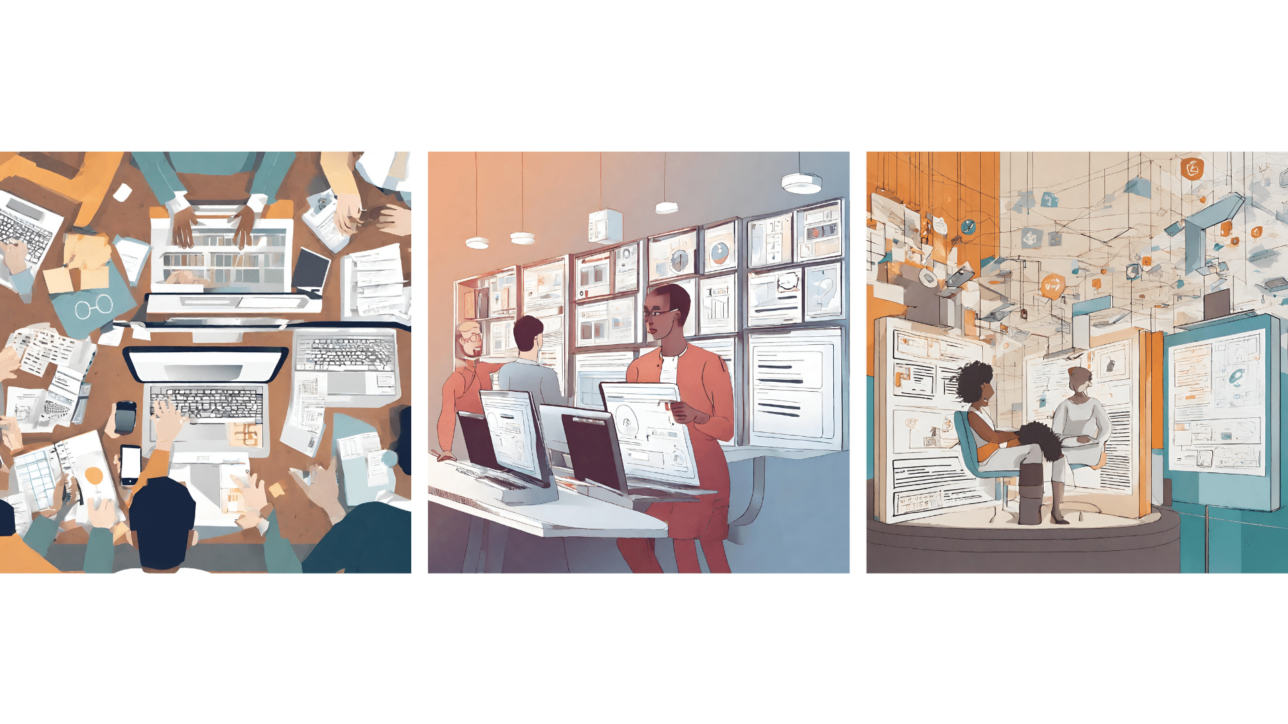Introduction
In the ever-changing landscape of technology, ethical design has emerged as a crucial consideration for businesses. By prioritizing ethical practices and building user-centered technology, companies can create products that prioritize user well-being, establish trust, and foster sustainable growth.
In this article, we will delve into the importance of ethical design, providing supporting statistics and exploring diverse perspectives. We will also offer actionable strategies for entrepreneurs and business owners to incorporate ethical practices into their technology development process.
The Importance of Ethical Design
Ethical design goes beyond surface-level aesthetics and functionality. It involves the responsibility to create technology that respects users’ rights, addresses potential biases, preserves privacy, and avoids discrimination. Prioritizing ethical design not only sets businesses apart from their competitors but also leads to increased user trust, enhanced brand reputation, and long-term success in the market.
Relevant Statistics
Understanding the impact of ethical design is vital for businesses seeking to align their practices with societal expectations. Research from A. Koene et al. at Springer [1] highlights that 72% of users consider ethical factors when deciding which technologies to engage with, emphasizing the importance of ethical considerations in technology adoption. Moreover, a study published in Implementation Science Communications [2] reveals that businesses that prioritize ethical design experience higher customer satisfaction rates and increased customer loyalty. These statistics underscore that ethical design is not just a moral obligation but also a strategic imperative in catering to the evolving preferences of users.
Diverse Perspectives
Incorporating diverse perspectives is crucial for creating inclusive user-centered technology. Research conducted by D. Ogunyemi et al. in the ACM Digital Library [3] emphasizes the importance of involving individuals from various backgrounds and demographics during the design process. This inclusivity leads to technology that caters to a wider range of users and reduces the risk of unintentionally excluding or marginalizing specific groups. By embracing diversity, businesses can ensure that their technology meets the needs of a broader user base and fosters a sense of belonging.
Actionable Strategies for Ethical Design:
- Conduct User Research: Gain a deep understanding of your target audience by conducting user research, surveys, and interviews. This will help you uncover their needs, preferences, and values. Incorporate this valuable insight into the design process to ensure it aligns with users’ expectations.
- Transparent Data Handling: Be transparent about how user data is collected, stored, and used. Clearly communicate your data privacy policies and ensure that users have control over their personal information. Prioritizing user privacy builds trust and enhances user confidence in your technology.
- Include Ethical Considerations Early: Integrate ethical considerations at the inception of the design process. This includes identifying potential biases, addressing discrimination risks, and ensuring equal representation. By proactively addressing ethical concerns, you can create technology that is more inclusive and respectful of users’ rights.
- Test for Usability and Accessibility: Conduct thorough tests to ensure that your technology is intuitive, easy to use, and accessible to individuals with disabilities or unique needs. Prioritizing inclusivity ensures that your technology is usable by all potential users, enhancing user satisfaction and expanding your target audience.
Conclusion
Building user-centered technology through ethical design practices is not only a responsibility but also a strategic advantage for businesses. By prioritizing ethical design, companies can cultivate user trust, enhance brand reputation, and establish long-term success. Incorporate actionable strategies such as user research, transparent data handling, early ethical considerations, and usability testing to ensure your technology meets the diverse needs of your user base. By embracing ethical design principles, we can create a future where technology truly serves and empowers humanity.
Sources:
If you’re looking for further guidance on fostering innovation, change agility, or implementing ethical practices, our team of experts is here to assist you. Visit our website to access more resources and stay connected with our community. Together, we can build a sustainable, innovative, and ethical business future.

